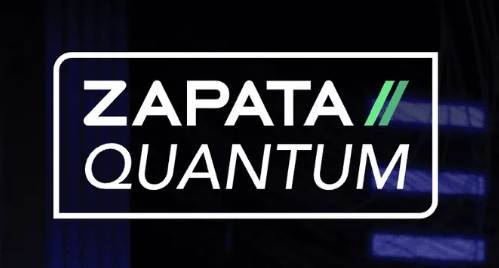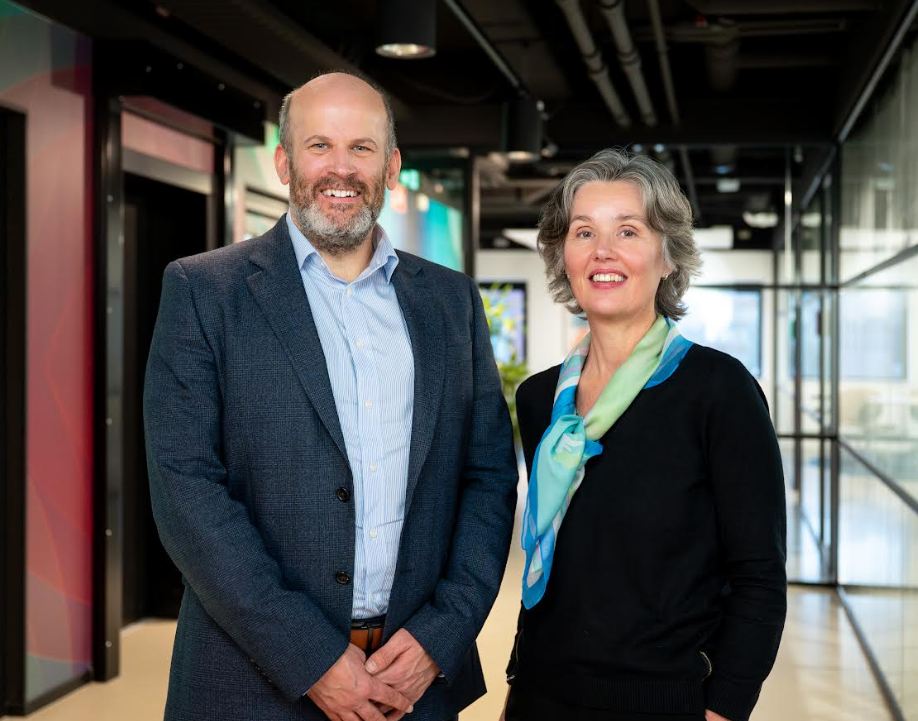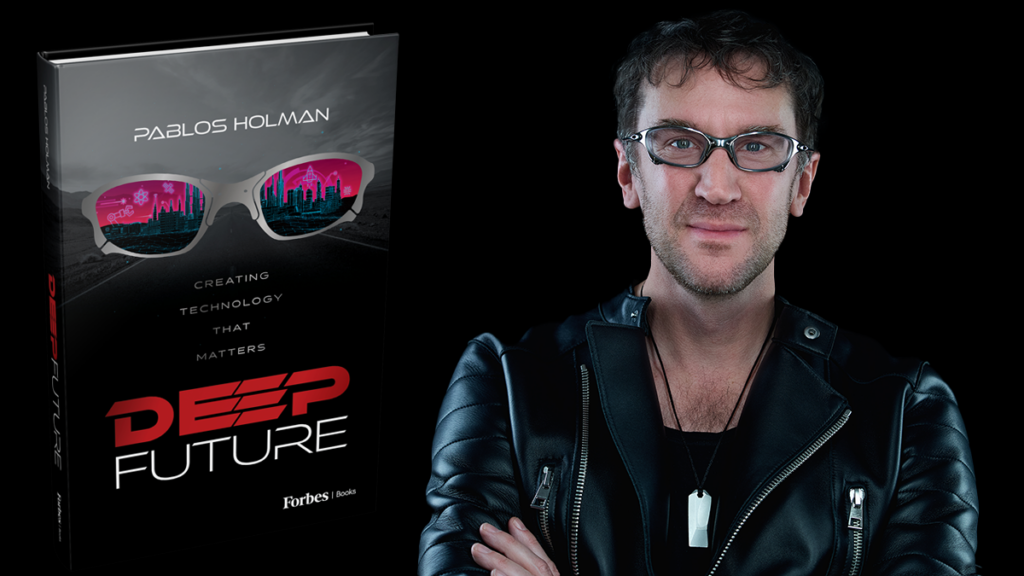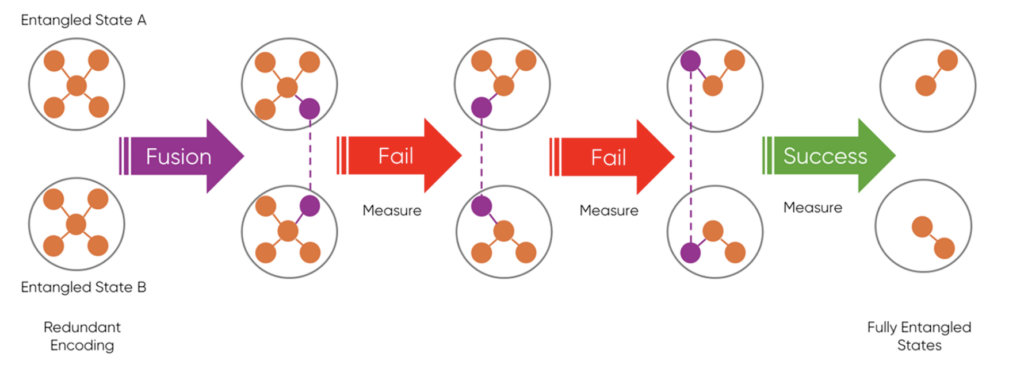
Healthy scepticism
We’re always interested to see the latest estimates on the size of the market for Quantum Computing (QC). The ranges are so wide and the numbers so made up its more of a pastime of bemused curiosity, than anything else.
That said, when McKinsey say something, a lot of people listen, given its one of the most respected consulting houses in the market.
So what does it say…

The report suggests that use of quantum computers to solve optimisation problems will begin between 2022 and 2026. The uptake of these functionalities could then move quickly, with the analysts suggesting that there could be between 2,000 and 5,000 quantum computers worldwide by 2030.
Hmm…

The TQD take
As we have outlined before, market size numbers for nascent markets should be taken with a healthy shovel of salt. We expect McKinsey has looked at the various end-markets that could be affected by QC, applied a percentage that QC will disrupt and come up with the enormous number from that.
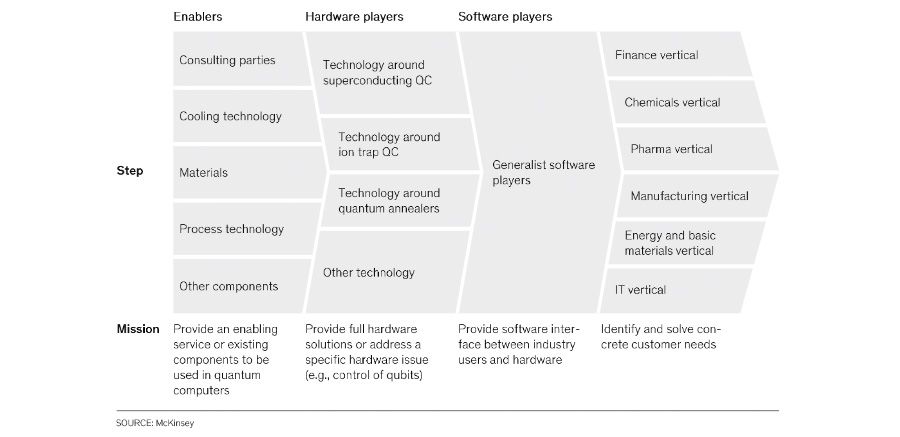
When you map out the market as they have done above, you can start to see how many end-markets are captured in the QC value chain. Take the “Finance vertical” above – its a big, complex market and so we need to be careful about logic that starts with: “If QC takes x% of that market then QC will be huge”. There are a number of steps that need to happen before that. The first hurdle is the most daunting: humanity actually needs to build a useful functioning Quantum Computer that does something better than our existing technology before it can start taking share from the work of existing supercomputers.
We’re clearly optimistic at TQD, and fully agree the potential market for Quantum Computing could be enormous, but just think twice before adding $1 trillion TAM in your start-up slide deck…
Read more:













